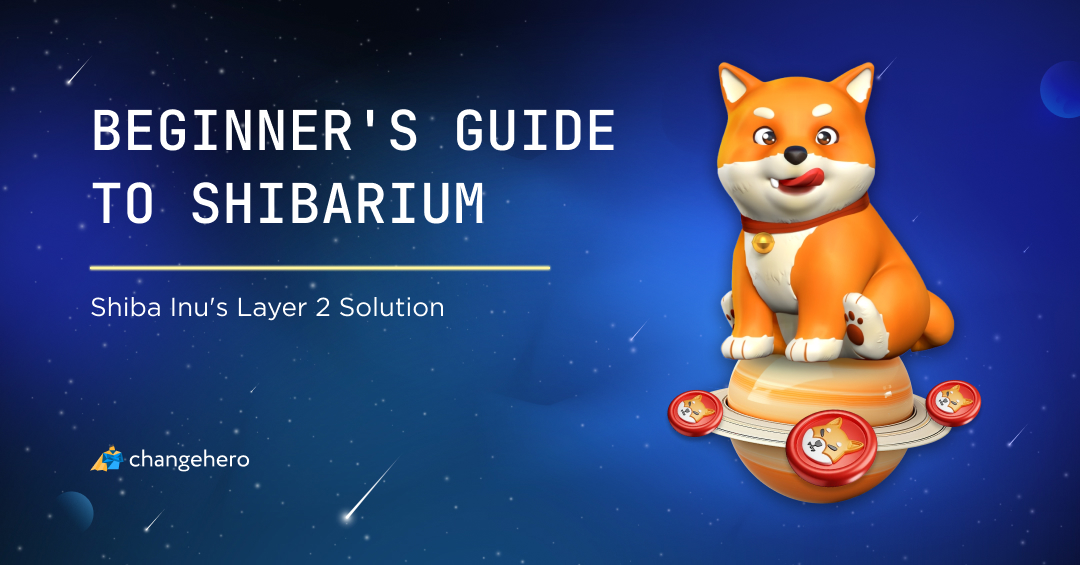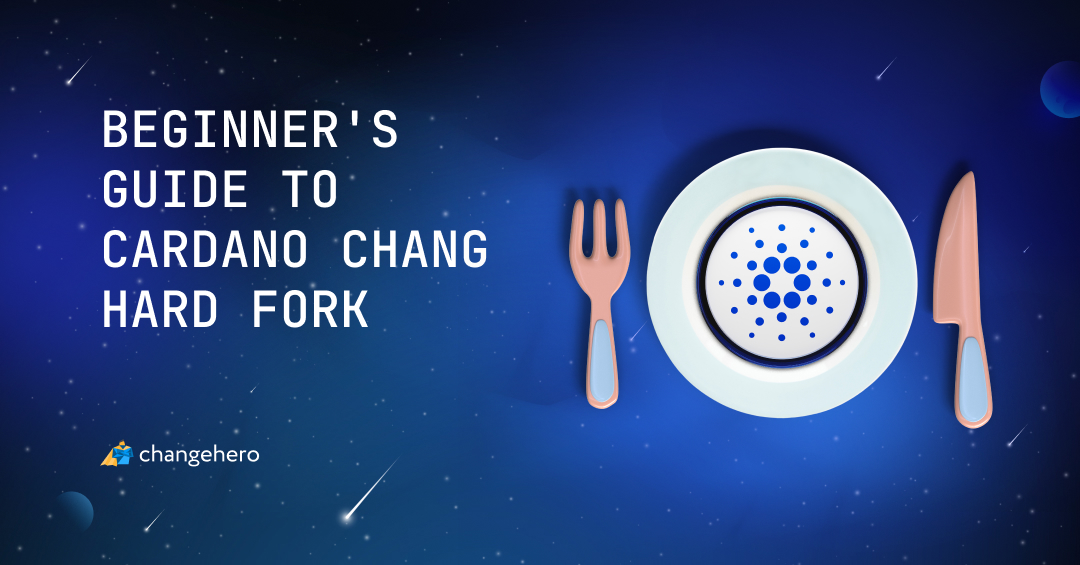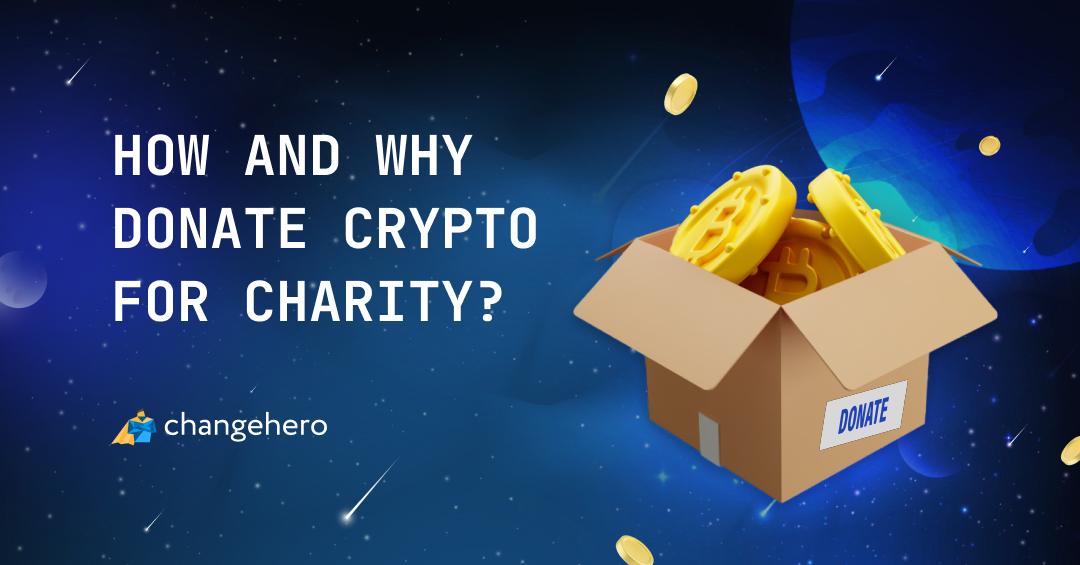Contents
Early P2P payment systems powered by blockchain, like Bitcoin, when confronted with reality, are still struggling to see adoption in daily life. Dash is one of the proposals and projects that emerged to help overcome the hurdles that hinder it. This time we at ChangeHero will investigate what makes Dash unique and whether it delivers on the bold claims behind the project.
What is Dash Network?

Dash was launched in 2014 under the name X-coin. Its founder, Evan Duffield, has been a Bitcoin enthusiast since 2011 but after a few years, he finally came up with a project of his own cryptocurrency that would improve on the Bitcoin model. Dash has also been known as Darkcoin until early 2015.
Evan Duffield was behind most of the original signature features of Dash and served as the project’s CEO from the launch until 2017. Even after moving on to an advisory role, he was often seen going public with educational insights about the coin he developed.
Before finalizing the codebase of Dash, it used Litecoin’s source code as a blueprint. However, to make a better alternative to Bitcoin, Duffield, and other developers settled on forking the code of the first cryptocurrency.
Dash uses the Proof-of-Work consensus algorithm and is therefore mineable. It uses its own unit of account (more on that below), the value of which is decided by the market and users. And finally, like Bitcoin, its ultimate goal is to become a fully-fledged digital currency and a replacement for fiat money for peer-to-peer instant payments.
However, this is pretty much where the similarities end and the unique features of Dash come into play. Most of the original features were developed to circumvent Bitcoin’s shortcomings: the speed of transactions, privacy, governance, and miner rewards to name a few. Let’s have a look at what makes Dash unique.
Masternodes
A technology unique to the Dash network and one of its most defining features is the masternodes. They serve as a second layer of the network, making some advanced features possible. The masternodes are elected based on their contribution to the network since they store an entire copy of the blockchain and provide advanced services. Therefore, significant computing power is required to run a masternode. In addition to that, it also has to be backed by collateral of 1,000 DASH. In return, the masternode owner gets voting rights and rewards for running it.
Faster transactions
Dash’s blockchain consists of two layers, the second being masternodes that enable a feature called InstantSend. When a transaction is performed, a masternode can check and confirm it prior to the inclusion of it in a new block. On the Bitcoin blockchain, a transaction can be deemed soundly confirmed only after six blocks, mined once every 10 minutes.

Privacy
A feature that enhances the privacy of Dash is a coin mixing protocol CoinJoin. It is a protocol present in a few cryptocurrencies that changes the inputs of one user with an equivalent input(s) of other users. The rationale for implementing CoinJoin in Dash is to make it more similar to cash.
Cash — coins and notes — is fungible, meaning every unit is replaceable by another with the equivalent value. Fungibility is a quality of money. In Bitcoin, there is a problem of so-called “tainted coins” (which may have been used in criminal activity), because every input’s history is transparent. By mixing inputs and outputs, coin mixing protocols make sure all equivalent units are of the same value.
The Dash Blockchain security
The Bitcoin blockchain is vulnerable to potential consensus (51%) attacks and hashing algorithm hacks. To prevent this in their own chain, Dash developers use a unique hashing algorithm X11, called this way because it combines multiple rounds of 11 hashes, so if one is compromised, there won’t be a need for an urgent network upgrade.
ChainLock is a feature that is supposed to safeguard the network against the “51% attack”s. A randomly selected and constantly changing quorum of masternodes votes on the block inclusion first, then verifies it to the rest of the masternodes, which in turn notify the rest of the network. This makes the network instantly immutable. Finally, forking in the Dash blockchain is impossible because the updates do not take place until a consensus is reached.
Dash Core Group (DCG)
The Dash community definitely has a say in the development of the currency, with the masternode owners even getting to play a major part in network governance as the Dash DAO. At the same time, the heavy lifting of project maintenance and development is done by the Dash Core Group, Inc. DCG includes core developers and outreach professionals, who are on equal terms with DASH users and the rest of the ecosystem participants. They work as sort of civil servants to the Dash ecosystem because the compensation DCG employees receive is subject to a community vote.
The influence of the Dash DAO also extends to structural changes: currently, DCG has no CEO or President. Prior to February 2022, this role was filled by Ryan Taylor, previously the Director of Finance. Taylor still contributes to the efforts of DCG, just not in the role of an executive.
What is DASH crypto?

In the official infographic from the previous section, Dash is compared to PayPal, credit cards, and wire transfers. However, aside from the figures, there is also another vital difference that makes the Dash network stand out: it is powered by its own cryptocurrency, and not by fiat currencies like the USD.
The Dash blockchain uses a native token DASH as a unit of account. Its issuance and distribution are governed by the protocol because as a cryptocurrency, DASH is decentralized. Let’s take a look at how it is achieved without a central authority or organization.
Block rewards
We have already mentioned that Dash is a mineable crypto. It means that its full supply is yet to be unlocked by miners who use specialized software and hardware to secure the network. Mining is a source of inflation of the DASH supply but since the protocol was fashioned after Bitcoin, it means that the inflation is limited here, too.
To prevent inflation due to excessive mining, the incentives for miners have to reduce over time. Unlike Bitcoin, instead of halving the miner reward every few thousand blocks, Dash uses a different model. The block reward is cut by 7% every year. This is supposed to help with the transition to a fee-based economy, as well as incentivize hobbyist mining by making it difficult to invent industrial-level equipment (like it happened to Bitcoin with ASICs).
On-Chain Funding
The mining reward for discovering a new block in the Dash blockchain is distributed between the masternode, the miner, and a decentralized governance budget in a 45%/45%/10% ratio. The 10 percent that goes into the budget is not stored anywhere but rather is held back on the blockchain. When there are proposals to improve the Dash network that are approved by the masternode owners, a superblock is created that releases up to 10% of the value accumulated in the budget to fund this proposal.
How Do You Use The DASH Tokens?
Mining DASH is something that you should be concerned about only if you are an advanced user that has the means to contribute to the network. Dash aims to be for everyone.
Dash’s core use case is to provide an accessible and reliable digital alternative to cash. For that purpose, they are constantly working on payment processing technologies for Point-of-Sale and eCommerce by integrating partner providers into their ecosystem. If a point-of-sale you want to use has one of these gateways — congratulations, you can easily pay with DASH there. A Where to Spend directory aggregates even more businesses that accept Dash, so if you live in a large city, give it a try — there’s a good chance there are a few of them where you live!
Dash can serve as a fast and reliable intermediary for international remittances as well. Another selling point for Dash transactions is the low network fees — at the time of writing a median transaction fee is only 0.0000053 DASH ($0.0003 USD).
Another quite unexpected real-life use case of Dash is an alternative to hyperinflated currencies. Historically, it has seen increased interest in the LATAM region, which could be attributed to its ease of use in comparison to other more popular cryptocurrencies.
Future Prospects of Dash
Dash has been around since 2014, which makes it one of the longest-standing altcoins on the market. Considering it is not your regular enterprise with established management but an experimental platform run by a DAO, what have they achieved since then?
Thanks to the efforts of the core team and DCG, in addition to the features we have already mentioned, since 2020, Dash has improved DashPay and is making progress on the Dash Platform. DashPay introduced usernames, contact lists, and human-readable addresses. This is not to mention the ongoing network support and QoL improvement.
Going forward, there are quite a few milestones for 2023 alone. In addition to shipping both Dash Platform and DashPay, the team aims to further improve Dash Core. The most exciting milestone to reach this year is planned to include smart contracts, a virtual machine to support them, and fungible and non-fungible tokens (NFT). At the moment, it is slated to release in Q4 2023 but realistically, there is a ton of milestones to reach before that.
What About Its Future as a Private Currency?
Due to the integration of CoinJoin into Dash’s protocol, it is sometimes lumped together with other privacy-preserving cryptocurrencies such as Monero or Zcash. This label comes with a risk of not being compliant with the existing AML/CTF regulations. In other words, exchanges and crypto-service providers will be barred from supporting this kind of cryptocurrency.
This could prove a significant hurdle to the mass adoption of a digital currency, which Dash strives for. Is DASH under this kind of risk? The short answer is not exactly. CoinJoin is an optional feature of Dash, not the central or defining one. Dash is positioned to be a global peer-to-peer payment network that happens to have a tool that helps preserve privacy. Then again, the definitions of “anonymous crypto” or “private cryptocurrency” are also not entirely clear or established. As it currently stands, it is up to individual providers to deem whether Dash can be defined by its optional features.
Which DASH Wallet to Choose?

By the crypto world standards, Dash has been around pretty much forever. Therefore, it is not too hard to find a cryptocurrency wallet with DASH support.
Of course, the best way to store DASH would be the official Dash wallets. There is a host of these apps for every platform and even offline storage. The obvious tradeoff here is that these apps are suitable for only DASH.
If you want to manage and keep DASH along with your other crypto assets, try multi-coin wallets. They often come with handy features that can even help you buy DASH without closing the app. The ChangeHero team recommends Edge, Trezor, and Exodus wallets since you can use the in-app exchange provided by yours truly for the best rates!
How to Buy DASH?
One of the ways to get DASH easily with other crypto is by using ChangeHero! It only takes five steps, no account creation required:
- Choose the currencies on the home page, amounts, and the type of exchange. Provide your wallet address in the next step and check the amounts;
- Double-check the provided information, read and accept the Terms of Use and Privacy Policy;
- Send in a single transaction the sum of the cryptocurrency you will be exchanging. Fixed Rate transactions have a 15-minute limit;
- And now, relax while you wait! We are doing all the work: checking the incoming transfer and doing the exchange as soon as it arrives;
- As soon as the exchange has been processed, your DASH is on its way to your wallet. We’ll be happy to hear your feedback if you enjoyed using ChangeHero.
Our support team is always available in the chat widget on the website, in the official Telegram group, or through the email: [email protected].
Our Conclusion
Dash hails from the time when the ideas of Satoshi Nakamoto were still a cornerstone of the crypto realm. Even through the years, the team and community of Dash remain true to them. They are a goal-driven collective that has made significant strides toward its mission even despite all challenges inherent to Dash’s design.
We hope you found the article interesting and useful. Let us know if you did — like or clap, share, or comment! Don’t miss a new article by following our blog or social media: Twitter, Telegram, Facebook, and Reddit.
People Ask
What is Dash crypto used for?
DASH is a digital currency that is suited for daily payments and quick transfers. Thousands of businesses online and even offline enable support for this coin. Its low network fees also make it an attractive alternative to remittances.
Is Dash coin better than Bitcoin?
Dash made a large number of improvements to Bitcoin’s design. It is cheaper to send, quicker, and even more preserving one’s privacy. Nevertheless, it is hard to argue that Bitcoin has found more adoption and accrued more value.
Does Dash crypto have a future?
Dash has passed the test of time and is still actively developed and supported by the Core team. The more recent organizational changes can prove to be a challenge but there is still progress being made and there is a roadmap until the end of 2023.
What is special about Dash coin?
Dash takes the “digital cash” motto seriously and was built to do it justice. It comes with all the necessary tools to use in day-to-day transactions while being accessible, convenient, and interchangeable.












